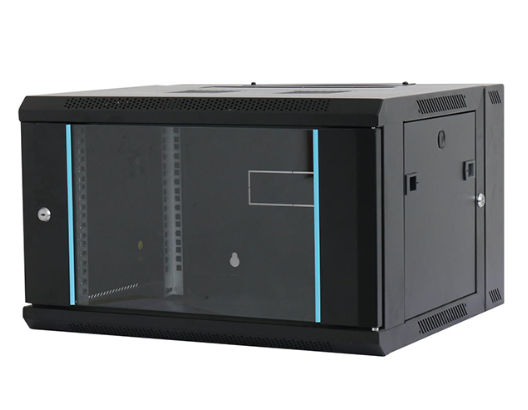News
Site Editor
 Site
https://leonetworkgroup.usa18.wondercdn.com/uploads/image/5fe152faa587d.png
Single mode fiber optic cable is used in communication networks to transmit data over long distances with minimal signal loss. To ensure optimal performance, it is important to test single mode fiber optic cable before installation or during maintenance. Here are some steps for testing single mode fiber optic cable:Step 1: Gather equipmentTo test a single mode fiber optic cable, you will need the
Site
https://leonetworkgroup.usa18.wondercdn.com/uploads/image/5fe152faa587d.png
Single mode fiber optic cable is used in communication networks to transmit data over long distances with minimal signal loss. To ensure optimal performance, it is important to test single mode fiber optic cable before installation or during maintenance. Here are some steps for testing single mode fiber optic cable:Step 1: Gather equipmentTo test a single mode fiber optic cable, you will need the
How To Test Single Mode Fiber Optic Cable
Views: 502
Author: Site Editor
Publish Time: 2023-07-13
Origin: Site
Single mode fiber optic cable is used in communication networks to transmit data over long distances with minimal signal loss. To ensure optimal performance, it is important to test single mode fiber optic cable before installation or during maintenance. Here are some steps for testing single mode fiber optic cable:
Step 1: Gather equipment
To test a single mode fiber optic cable, you will need the following equipment:
- Light source: a device that emits a specific wavelength of light to allow detection of any breaks or faults in the fiber optic cable.
- Optical power meter: a device that measures the amount of light that reaches the receiver end of the fiber optic cable.
- Patch cords: short fibers with connectors used to connect the light source and the optical power meter to the fiber optic cable.
- Cleaning supplies: lint-free wipes, isopropanol alcohol, and a cleaning stick to remove any dirt or debris from the connectors.
Step 2: Visual inspection
Before testing, perform a visual inspection of the fiber optic connectors, the fiber optic cables, and any splice points. Check for any damage or defects that could affect the performance of the fiber optic cable.
Step 3: Connect the light source and optical power meter
Connect the light source to one end of the fiber optic cable using patch cords. The light source should emit light at the same wavelength as the fiber optic cable to be tested. Connect the optical power meter to the other end of the fiber optic cable using another patch cord.
Step 4: Measure the power level
Activate the light source and measure the power level at the receiving end of the fiber optic cable using the optical power meter. The power level should be within the range specified by the manufacturer for the specific type of fiber optic cable being tested.
Step 5: Check for loss
Measure the loss of the fiber optic cable by comparing the power level at the receiver end to the power level at the transmitter end. Any loss should be within the acceptable range for the type of fiber optic cable being tested.
Step 6: Perform a reflectance test
Reflectance is a measure of how much light is reflected back toward the light source at the fiber optic cable connector. Excessive reflectance can cause signal degradation or even failure. To measure reflectance, use an optical time domain reflectometer (OTDR) to inject a short pulse of light into the fiber optic cable and measure the amount of reflected light.
Step 7: Clean the connectors
If the test results indicate a problem, it may be due to dirt or debris on the connectors. Clean the connectors using lint-free wipes, isopropanol alcohol, and a cleaning stick.
Testing single mode fiber optic cable is an essential step in ensuring network performance and reliability. By following these steps and using the right equipment, you can identify any issues and take corrective action to prevent problems later.
If you want to know more about industrial network cabinet,china fiber optic splice closure,china fiber optic distribution box,please consult the fiber optic splice closure factory









